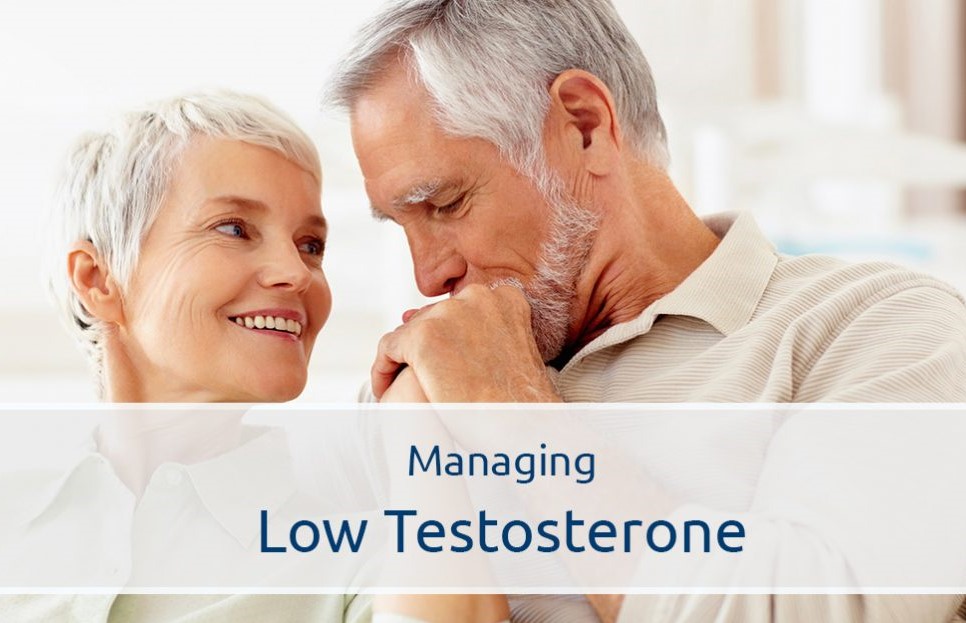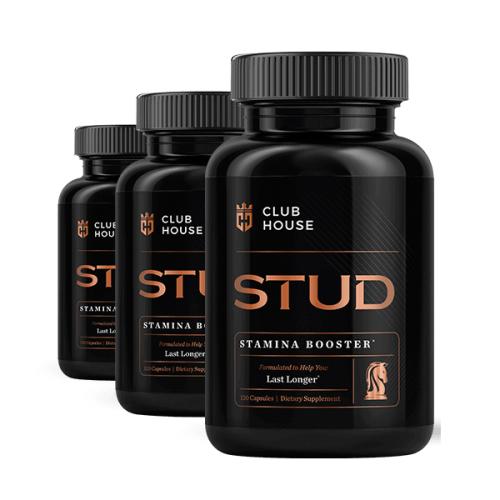Treatment Recommendations for Older Men with Low Testosterone

As men age, it's common for testosterone levels to gradually decline. This can result in symptoms such as decreased libido, loss of muscle mass, fatigue, mood swings, and more. However, treating low testosterone in older men requires caution—there are potential benefits, but also risks. Below are evidence-based guidelines for safely managing this treatment.
What do we know
- Testosterone decline with age is natural: after age 40, production declines approximately 1% per year. (Mayo Clinic)
- Not every man with low levels experiences symptoms, and not all symptoms attributed to testosterone are necessarily linked to it—other conditions, medications, obesity, or sleep problems can mimic this condition.(Mayo Clinic)
- It is important to confirm with thorough laboratory tests, repeating as necessary, before starting any treatment. (Mayo Clinic)
- There are persistent symptoms associated with low testosterone (e.g., sexual dysfunction, fatigue, significant muscle loss, decreased bone density), and
- Tests confirm low testosterone levels on more than one occasion. (Mayo Clinic)
Treatment Modalities
- Hormone replacement therapy: This can be administered through gels, patches, injections, or implants. The choice depends on factors such as convenience, blood level control, side effects, and patient preferences. (Mayo Clinic)
- Treatment of associated conditions: Treating obstructive sleep apnea, obesity, stress, or medication use that may be contributing to low hormone levels can improve symptoms without the need for direct therapy. (Mayo Clinic)
Potential Risks
Before starting, it's crucial to understand the potential side effects:
- Testosterone therapy may increase the risk of cardiovascular problems, although data is still partially conflicting.
- There may be an increased risk of prostate or breast cancer cell growth or stimulation, so men with a history of these conditions are generally not good candidates.
- Other side effects include a risk of venous thrombosis (blood clots), acne, increased appetite, fluid retention, and possible sleep problems.
How to conduct safe treatment
- Detailed medical evaluation: clinical history, physical examination, cardiovascular risk assessment, prostate risk assessment, etc.
- Laboratory tests: measure total and free testosterone levels, check kidney and liver function, and lipid profile. Repeat if low values ??are present to confirm.
- Set goals and expectations: discuss with your doctor which symptoms you expect to improve, how quickly, and what the possible side effects are.
- Continuous monitoring: After starting therapy, it is recommended to monitor hormone levels, prostate health, hemoglobin (to avoid polycythemia), and heart function.
- Consider alternatives or supplements: lifestyle changes (exercise, balanced diet, weight loss), good sleep, reducing alcohol consumption, and avoiding hormone-depressing medications whenever possible
When to avoid or postpone
- Men with diagnosed or suspected prostate or breast cancer.
- Uncontrolled heart disease, recent history of heart attack or stroke.
- Untreated severe sleep apnea.
- Fertility problems, if procreation is desired in the short term



